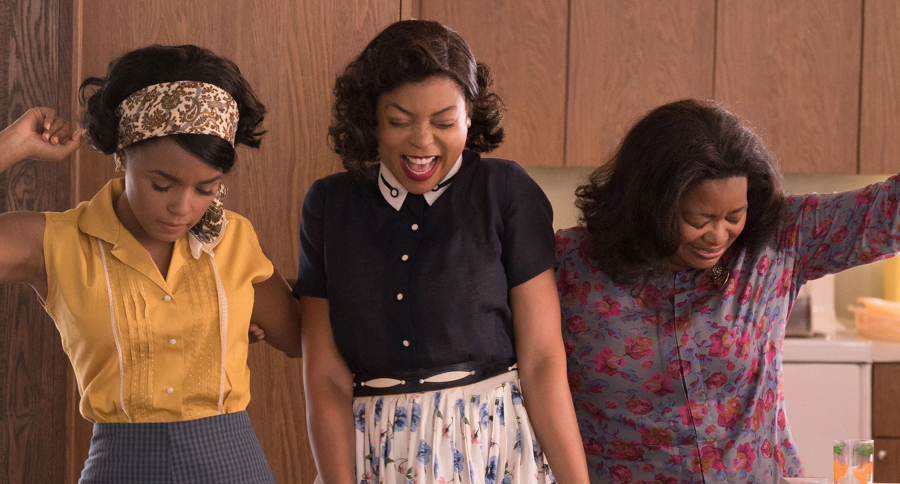There’s been little debate over the moral arguments behind increasing diversity on- and off-screen in Hollywood — but the economic arguments haven’t always been so clear.
While women, people of color, LGBTQ folk and other historically marginalized communities in Hollywood continue to insist “diversity pays,” the box-office success of films with diverse casts such as “Hidden Figures” ($230.1 million worldwide) and “Get Out” ($251.2 million worldwide) is inevitably deemed a “surprise.”
A new study and database crafted by Creative Artists Agency, however, is aiming to take some of the surprise out of box-office performance, noting that across every budget level a film with a diverse cast outperforms a one not so diversified.
Additionally, the data, to be released during a private leadership conference dubbed Amplify on Wednesday in Laguna Beach, demonstrates that the average opening weekend for a film that attracts a diverse audience, often the result of having a diverse cast, is nearly three times on average a film with non-diverse audiences.
“One of the interesting things that the most successful movies share is that they’re broadly appealing to diverse audiences,” said Christy Haubegger, leader of CAA’s multicultural development group, who oversaw the study along with agency executive Talitha Watkins. “People want to see a world that looks like theirs.”
CAA examined 413 theatrical films released from January 2014 through December 2016, detailing cast ethnicity for the top 10 billed actors per movie, a total of 2,800 people. They found that for the top 10 grossing movies in 2016, 47 percent of the opening weekend audience (and 45 percent in 2015) were people of color. Moreover, seven of the 10 highest-grossing movies from 2016 (and four from 2015’s) delivered opening weekend audiences that were more than 50 percent non-white.
The study notes that at every budget level, a film with a cast that is at least 30 percent nonwhite — CAA’s definition of a “truly diverse” film — outperforms a release that is not truly diverse in opening weekend box office. And on the audience side of things, the average opening weekend for a film that has a “truly diverse” audience, pegged at 38 percent to 70 percent nonwhite, is $31 million versus $12 million for films with nondiverse audiences. The numbers suggest a more diverse cast brings a more diverse audience, which brings in more money.
The best-performing movie of the films evaluated, which had an approximately 40 percent diverse cast and a 38 percent diverse audience, was “Star Wars: The Force Awakens,” starring Daisy Ridley and John Boyega.
Also of note was the study’s evaluation of racial casting by genre. According to the study, the whitest genres casting-wise are horror and fantasy, and the most diverse genres are comedy and thriller.
As for what audiences want to see, white people are more likely to flock to drama and romance; black people to biopics and thrillers; Hispanics to horror and animation, and Asians to fantasy and animation.
“The hope is that seeing real numbers attached to the success of the inclusion of more voices and diverse casts will be further motivation for studios, networks and others to be really conscious of the opportunity,” said Richard Lovett, CAA’s president.



